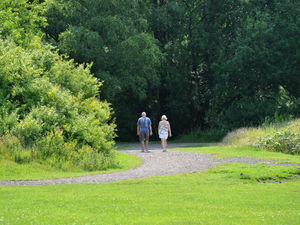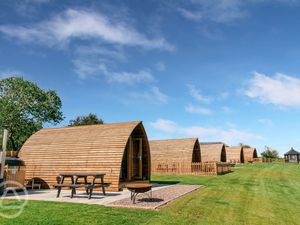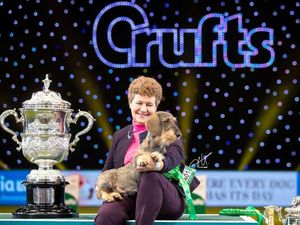Working out badges of honour for local heroes
What do you call a man with a bugle on his head? Or a piece of rope?
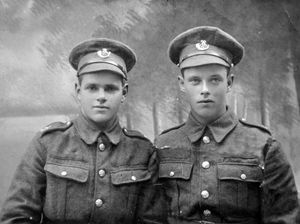
The answer is, respectively, an infantryman of the Shropshire regiment or the Staffordshire regiment. And now military expert Graham Bandy is trying to give family history detectives a helping hand with such puzzles in identifying cap badges worn by ancestors on old family photos.
His new book Identifying Cap Badges is arranged so that researchers can look up badges based on what they see – from dragons and feathers, to harps and castles.
"A few badges include a rope knot. These are invariably connected to Staffordshire," he says.

"The knot device itself is shrouded in mystery. Some say that it comes from an executioner only having one piece of rope to execute three prisoners.
"Others claim it dates to the year 913 and Ethelfleda, daughter of King Alfred, who used her girdle to symbolically connect the three lands into Staffordshire.
"There is also a claim that it comes from the arms of the Stafford family themselves and only dates to either 1583 or 1443, depending upon which member of the family used it first."
Among cap badges which feature the rope knot are those of the North Staffordshire Regiment, the South Staffordshire Regiment, and the Staffordshire Yeomanry.
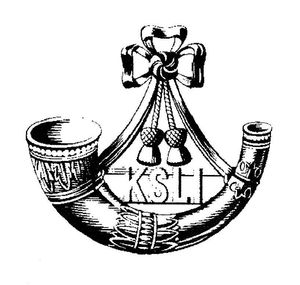
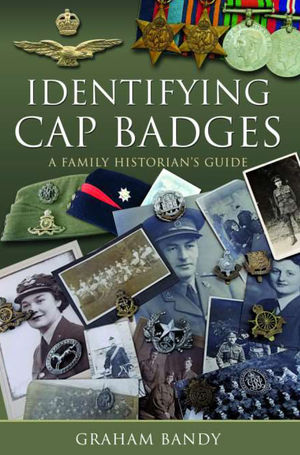
Graham, who lives in Sussex and has been identifying military cap badges since he was at school, has appeared as an expert on the BBC's Who Do You Think You Are? programme.
Among regiments with a cap badge featuring a bugle is the King's Shropshire Light Infantry, although the bugle is by no means exclusive to the KSLI.
"The bugle horn is the sign of a light infantry unit. In the late 18th century, after learning the art of skirmishing from Prussian troops, the British Army formed light companies in all of the battalions of its line infantry.
"As these troops acted independently and were 'fleet of foot,' they needed something other than a drum to make a signal. Thus the Prussian bugle horn was adopted."
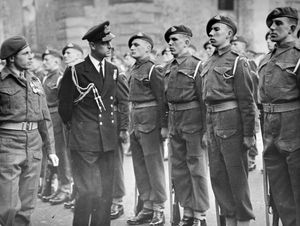
Graham says that all previous books on British military badges list them in accordance with the unit's position within the army and according to their seniority – what is known as the Order of Precedence. This determines the position of the unit in a parade.
The current Order of Precedence begins with the Household Cavalry, followed by the Royal Horse Artillery, and down the line until the Royal Bermuda Regiment bringing up the tail.
However, he says his book is specially tailored for family historians by instead listing the badges according to their visible features and shape, so, for instance, those which feature a castle can be searched for in his chapter on castles.
It doesn't always help as some badges are very similar, particularly those which have the Prince of Wales feathers, or plume of feathers.
"It is often said when people are trying to identify a badge with feathers, that it is Welsh. Well yes, sometimes, but not always. Many of the badges are almost identical except for the wording on the scroll or the angle of the scrolls that contain the motto, Ich Dien – I serve."
A few cap badges have offbeat designs – such as a steam loco for the Cheshire Railway Volunteers, and what appear to be riding stirrups for the 4th and 7th Battalions of the Hampshire Regiment, but are in fact the New Forest dog gauge. Any dog that could pass through the gauge was allowed into the New Forest.
Identifying Cap Badges by Graham Bandy is published by Pen & Sword and costs £25.


